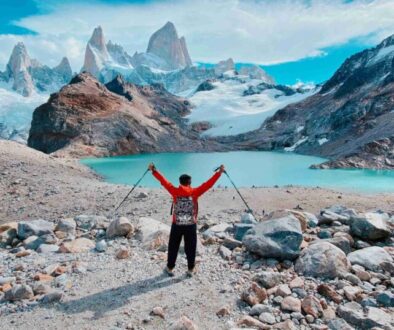Backpacking Checklist: 6 Essential Tips for Your Adventure
Explore the comprehensive backpacking checklist for your next adventure. Expert insights for a hassle-free backpacking experience!
Welcome to the ultimate guide to backpacking! Whether you’re a seasoned traveler or a beginner exploring the great outdoors, a backpacking checklist is your best friend. Packing for an adventure can be overwhelming, but fear not! This comprehensive guide will walk you through everything you need to know about the backpacking checklist, ensuring your journey is smooth and enjoyable.
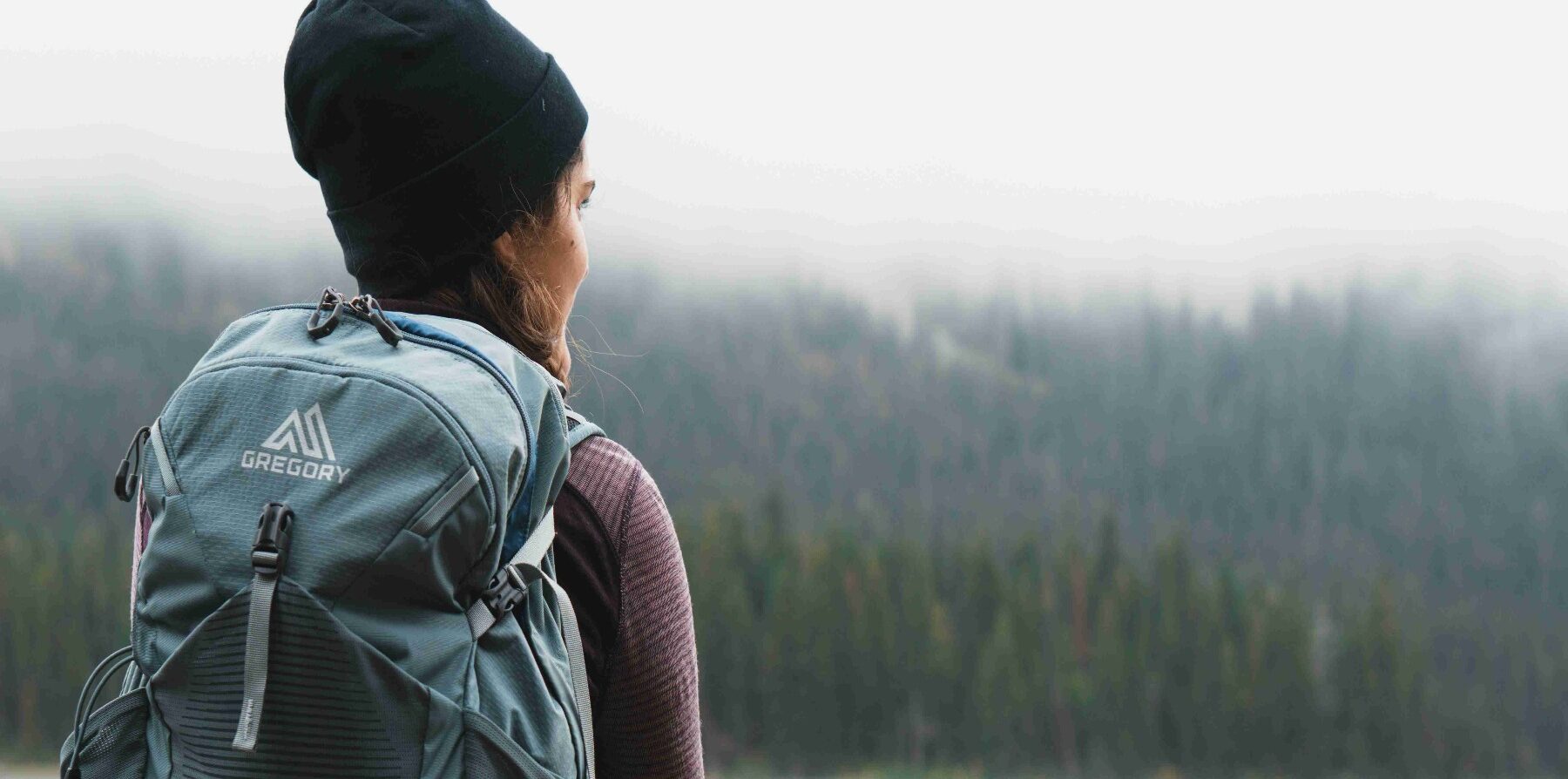
Backpacking Checklist
A backpacking checklist is a detailed inventory of items essential for a backpacking trip. Its primary purpose is to ensure preparedness and efficiency while minimizing the chances of forgetting critical gear.
The benefits are immense; it streamlines packing and enhances safety and comfort throughout the journey. By systematically organizing your essentials, you reduce stress and increase your overall trip enjoyment.
Essentials

Let’s dive into the must-have essentials for your backpacking checklist:
- Clothing: Pack appropriate clothing based on the climate, including layers, waterproof gear, and comfortable, moisture-wicking fabrics.
- Footwear: Choose sturdy, comfortable footwear suitable for the landscape you’ll encounter.
- Backpack: Invest in a well-fitting, durable backpack with ample storage and comfortable straps.
- Food and Water: Carry lightweight, nutritious food and a reliable water purification method or portable filters.
- Rain gear: A waterproof rain jacket and rain pants can keep you dry in wet weather.
Shelter
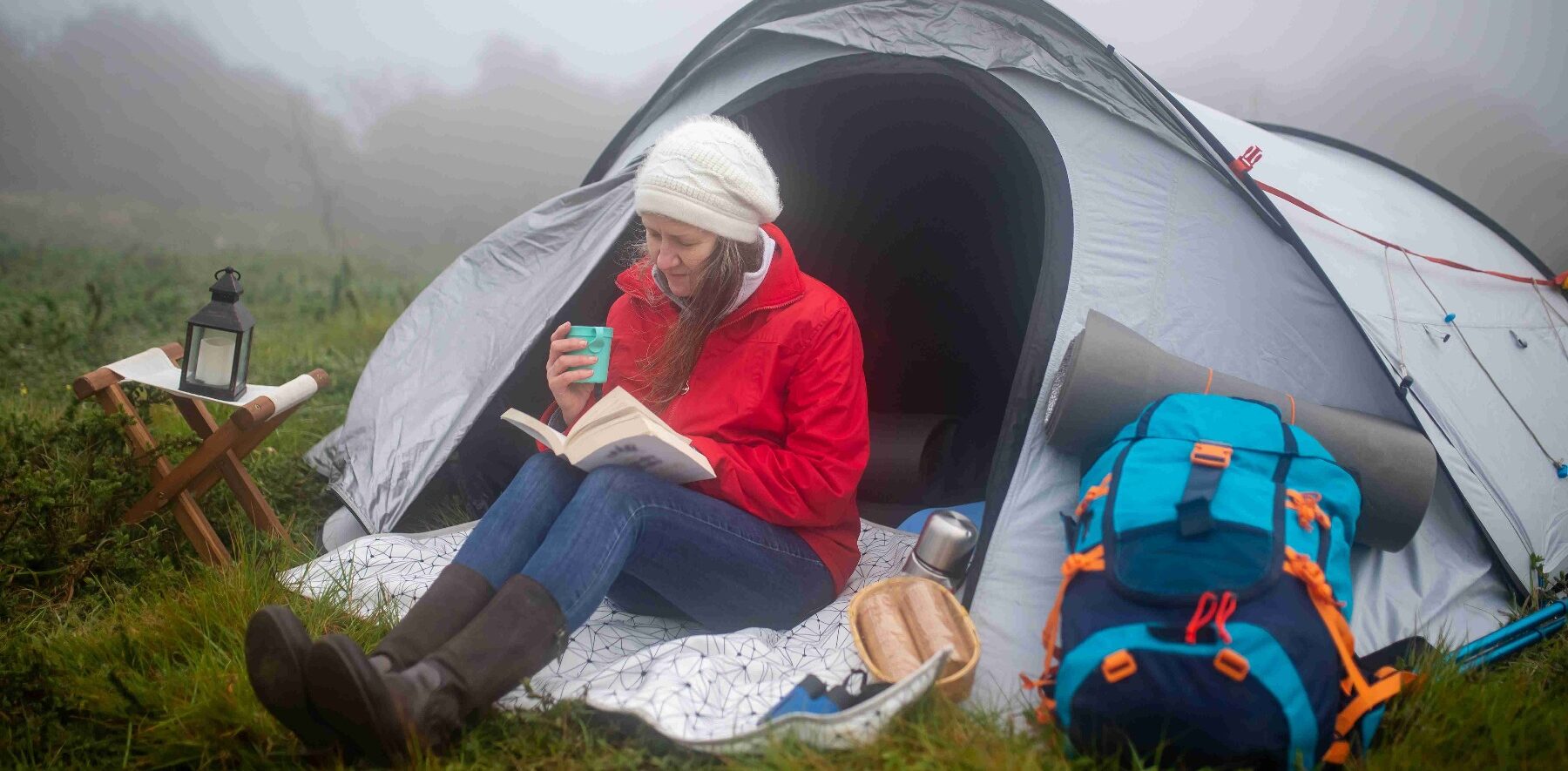
- Tent: A lightweight, weatherproof tent is essential for protection from the elements, especially in inclement weather.
- Sleeping bag: A warm and comfortable sleeping bag is crucial for staying cozy at night. Choose a bag with a temperature rating that is appropriate for the expected weather conditions.
- Sleeping pad: A sleeping pad provides insulation from the cold ground and prevents heat loss.
Gear and Equipment
Consider these essential gear and equipment items for a successful trip:
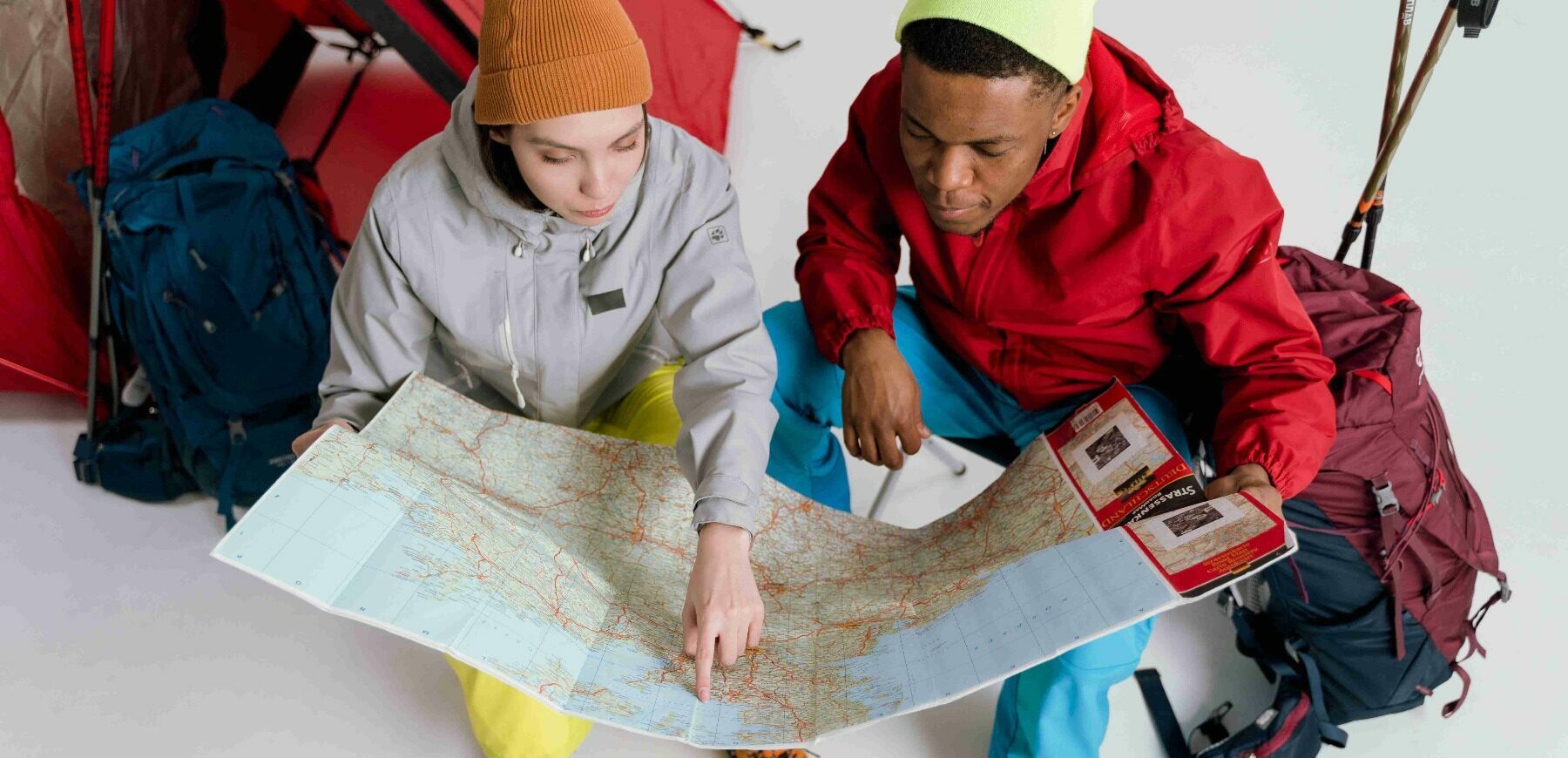
- Navigation Tools: Maps, compasses, GPS devices, or navigation apps for guidance.
- Lighting: Headlamps, flashlights, and spare batteries for visibility during evenings.
- First Aid Kit: A well-stocked first aid kit is essential for treating minor injuries and medical emergencies in the backcountry. Include basic medical supplies, medications, and personal medications.
- Tools and Multipurpose Items: A multi-tool, duct tape, and repair kits for emergencies.
- Insect repellent: Insect repellent can help prevent bites from mosquitoes, ticks, and other biting insects that can transmit diseases.
- Knife: A sharp multi-tool or pocketknife can be used for a variety of tasks, such as cutting food, preparing firewood, and making repairs. This is a must-have item on your backpacking checklist.
- Fire: Matches, lighter, or waterproof tinder; a reliable source of fire is essential for cooking, warmth, and signaling for help.
- Stove and fuel: A backpacking stove is a safe and efficient way to cook food and heat water in the backcountry. Bring enough fuel for your entire trip.
- Extra batteries: For a hassle-free backpacking trip, be sure to pack extra batteries for your headlamp, flashlight, GPS device, and other electronic gadgets. Fresh batteries will ensure that your essential gear stays powered up throughout your adventure. Spare batteries are lightweight and compact, so they won’t add much bulk to your pack.
- Cash and credit cards: In the wilderness, your financial preparedness is crucial. Carry a small amount of cash for emergencies and minor expenses like park fees or snacks. A credit card serves as a backup for larger transactions, lodging, or unexpected gear replacements.

Personal Items
Remember these personal items that are essential for a hassle-free trip:
- Identification and Documents: Keep ID, permits, emergency contacts, and insurance details handy.
- Personal Safety Gear: Carry a whistle, pepper spray if needed, and emergency signaling devices for safety.
- Hygiene Essentials: Pack toiletries, biodegradable soap, hand sanitizer, and personal hygiene items.

Sun Protection
- Sunglasses: Sunglasses are crucial for protecting your eyes from harmful UV rays, especially at high altitudes.
- Sun-protective clothing: Choose long-sleeved shirts and pants made from breathable, quick-drying fabrics with a UPF rating of 50 or higher.
- Sunscreen: Apply broad-spectrum sunscreen with an SPF of 30 or higher to all exposed skin, including your ears, lips, and the tops of your feet.
Capture Memories and Document Your Experiences
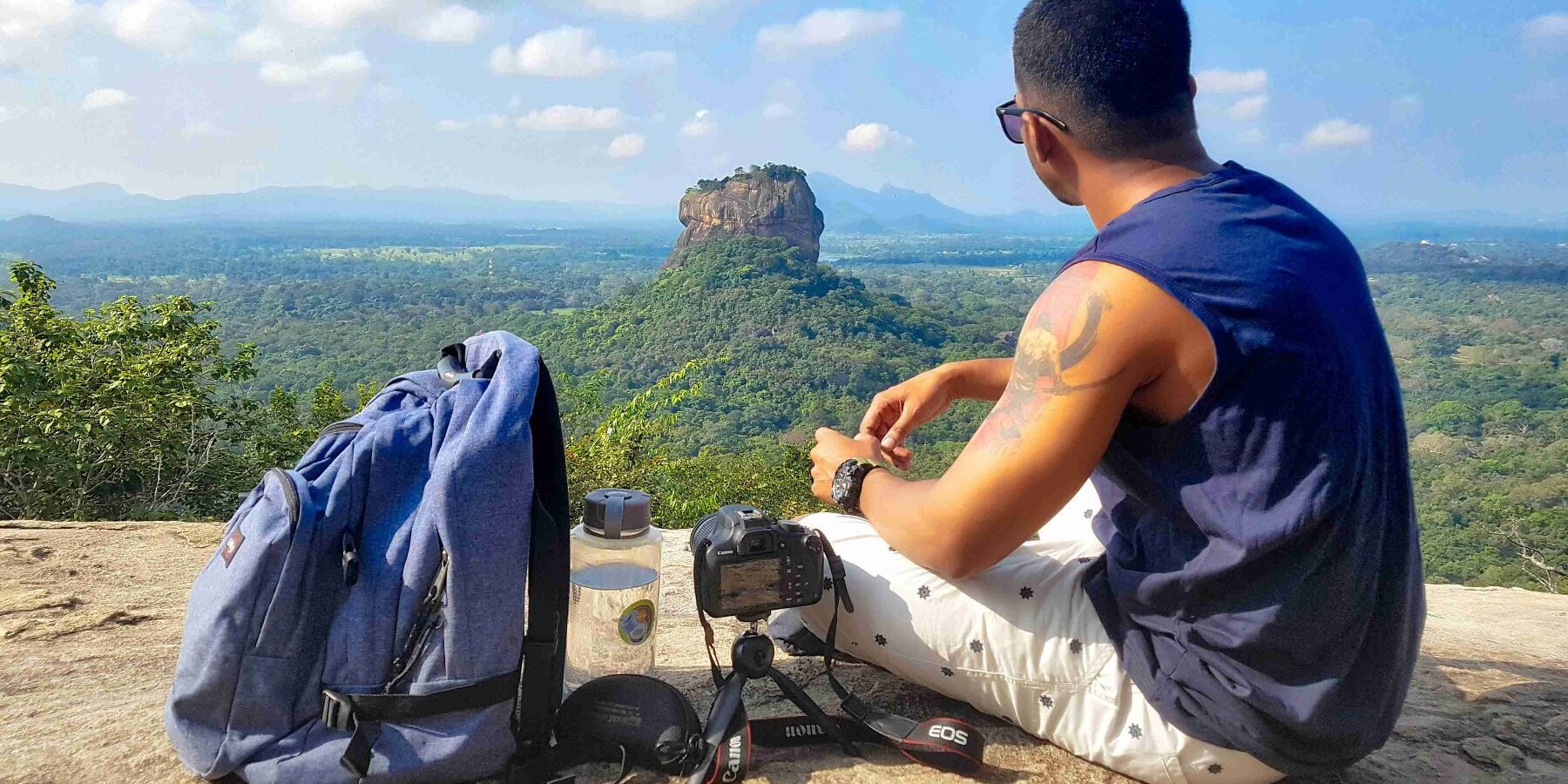
Capture the beauty of your surroundings and document your experiences with a camera or a journal.
- Camera: Consider a compact camera that is easy to carry and store in your backpack. Look for a camera that is also weatherproof, as you may be hiking in rain or snow.
- Journal: Choose a lightweight and durable journal that can withstand the rigors of backpacking. Consider using a waterproof journal, as you may be writing in rain or snow.
Packing Tips
Optimize your backpacking checklist with these easy tips:

- Embrace the Layering System
The weather in the backcountry can be unpredictable, so layering your clothing is crucial. Start with a moisture-wicking base layer, add a fleece or wool-insulating layer, and top it off with a waterproof outer shell. This versatile system will keep you comfortable in fluctuating temperatures and unexpected weather conditions.
- Prioritize Lightweight Gear
Every ounce counts when you’re carrying your home on your back. Choose lightweight gear that doesn’t weigh you down. Consider compact backpacks, sleeping bags, and tents made from ultralight materials. These lightweight companions will make your journey more enjoyable and less tiring.
- Compact and Conquer
Space is precious in your backpack, so make every inch count. Opt for rolling your garments instead of folding them to conserve storage space. Use compression sacks to compact your sleeping bag and tent. Pack smaller items inside larger ones to utilize every nook and cranny.
- Embrace Versatility
Multifunctional items are your best friends in the backcountry. A quick-drying shirt can double as a swimming top, a fleece jacket can serve as a pillow, and a lightweight towel can transform into a sarong. These versatile pieces will lighten your pack and enhance your adventure.
- Plan for Food and Water
Hunger and thirst can quickly dampen your spirits. Pack enough energy-dense, high-calorie foods to fuel your journey. Bring trail mix, energy bars, and dehydrated meals that require minimal preparation. Don’t forget ample water or a water purification system to stay hydrated throughout your trek.
- Embrace Minimalism
Resist the temptation to pack your entire wardrobe and kitchen sink. Stick to essential items and leave behind anything that’s not absolutely necessary. Remember, less is more in the world of backpacking.
- Pack for Emergencies
Always be prepared for unexpected situations. Pack a well-stocked first-aid kit, emergency shelter, and a headlamp for navigating in low-light conditions. A little preparation can go a long way in ensuring a safe and enjoyable adventure.
- Leave No Trace
Follow Leave No Trace principles. Pack out all trash, camp in designated areas, and leave campsites as you find them. Preserve the beauty of nature for future generations to enjoy.
A well-planned backpacking checklist is the key to a successful and enjoyable adventure. By meticulously preparing the essentials, gear, and personal items, you’ll ensure a smoother journey, allowing you to focus on the beauty of the outdoors. Remember, to customize your checklist based on your trip’s specific needs, and always prioritize safety and preparedness.
Embark on your next backpacking adventure fully equipped and ready for the experience of a lifetime!
Happy trails!
This comprehensive guide serves as your go-to resource for crafting the perfect backpacking checklist, ensuring an unforgettable journey packed with memories and adventures.



